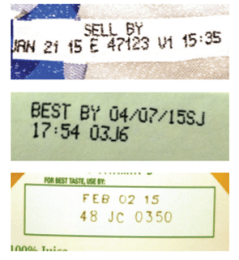In addition to keeping yourself safe from the weather, it’s important to also prepare to recover financially from disaster.
One of the best things to do is create a ‘Grab and Go’ box. If bad weather is approaching and you need to take shelter, take the box with you. The contents of your box should contain the things you need to recover from any eventual loss.
 Items that should be stored in a Grab and Go box, include paper copies of items such as:
Items that should be stored in a Grab and Go box, include paper copies of items such as:
- Birth certificates
- Social security cards
- Marriage certificates
- Passports
- Driver’s license
- Credit cards
- Titles for vehicles
- Insurance policies, particularly property insurance
- Household inventory
- Information about prescription medications.
Consider adding personal items such as photos, letters and various keepsakes, and even a small amount of money. The box should be waterproof and/or fireproof. If the items are in a safe deposit box, include the key in your grab and go box.
Many things can be accessed online, but we may be able to recover faster with paper copies.
When creating your household inventory, start with one room, or even one part of a room at a time. Videotaping documents with your phone, taking pictures, or doing a video of the contents of your home is a great place to start. You will need to have some documentation about when things were purchased and what their value was, but video or pictures is helpful. Be sure you take your documentation from your phone and store it in a way electronically that you can access it if something were to happen to your phone.
Talk with your insurance agent to make sure you’re adequately covered for loss to the home and personal property.
By: Brenda Langdon

 The six common categories of abuse are:
The six common categories of abuse are:

 Items that should be stored in a Grab and Go box, include paper copies of items such as:
Items that should be stored in a Grab and Go box, include paper copies of items such as:
 “Sell by” date: Tells the store how long to display the product for sale. You should buy the product before that date.
“Sell by” date: Tells the store how long to display the product for sale. You should buy the product before that date.